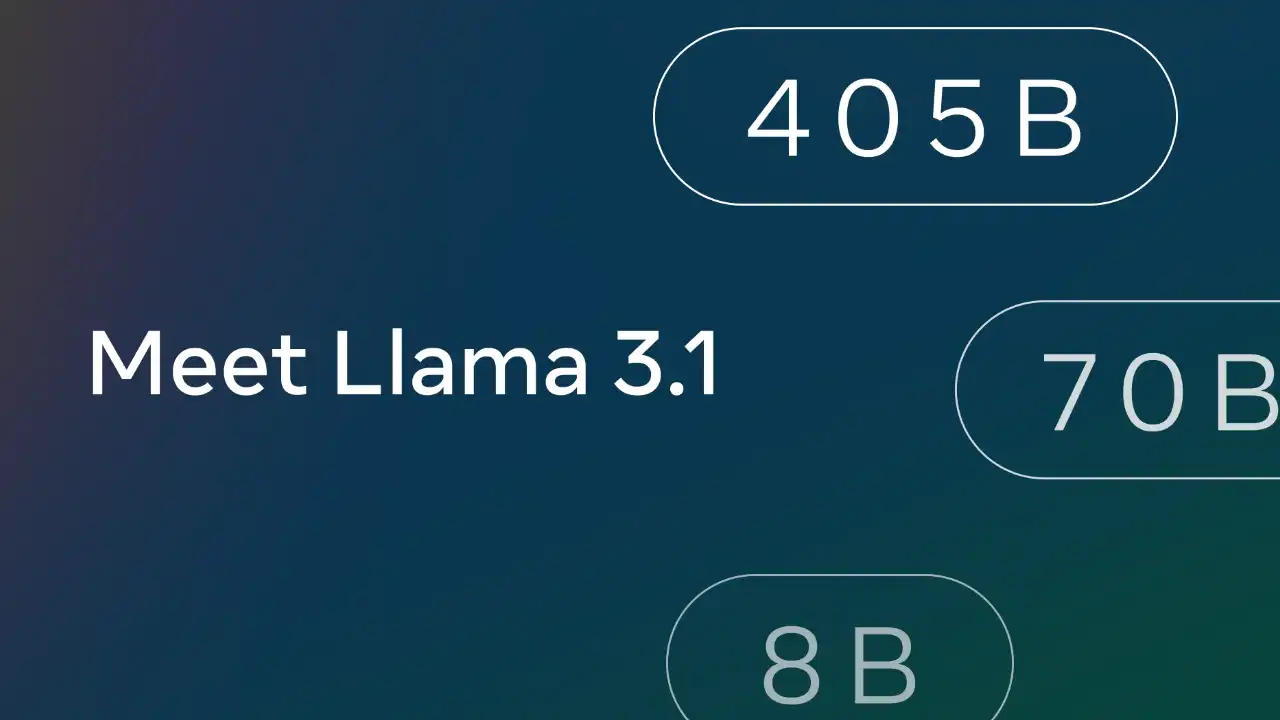Meta’s Llama 3, or Large Language Model Meta AI, is version 1 of an enhanced text-to-speech artificial intelligence specifically targeted at being multilingual. Llama 3.1 is a modern language model created by Meta (ex-Facebook) that aims to read and write texts in a similar way to people in multiple languages.
Meta AI Llama 3.1: What Is Multilingual Support, And How Does It Work
Llama 3.1 is trained on a very large and broad dataset containing text from a variety of languages. This enables the model to learn and understand the structure, the subtle differences, and the vocabulary of each language it is programmed on.
Application of knowledge which is also one of the features of the model, enables the model to translate knowledge from one language to another. This is key since learning within a certain language can help increase performance in another language where there is little training data.
It employs modern techniques such as natural language processing to identify, comprehend, and produce the text based on context. This also entails handling context in several languages and being able to transition from one language to the other.
To improve the performance for certain languages or use cases, Llama 3.1 can be trained on more specific data sets Let’s take a look at the examples: This enhances simplicity and well-suitedness in situations or languages-specific operations.
The model is exposed to a great amount of literature in advance which gives it a general idea about textual material. Transfer learning techniques are used for the further tuning of this general knowledge to specific languages and tasks.
Ongoing feedback and assessment facilitate the improvement of the model’s multilingualism aspect. Given the turnover is high, Meta probably applies a combination of automated and human evaluations to achieve high performance in all languages.
LaMA 3.1 is compatible with many languages, including the most popular ones around the world (for example, English, Spanish, Chinese) and some, that are less successfully widespread. These features make the parameters of the given model; broad language coverage making the model useful in different linguistic situations.
The model also has to be good in handling the low resource languages which include languages for which there is scarce training data than those of the high resource languages.
